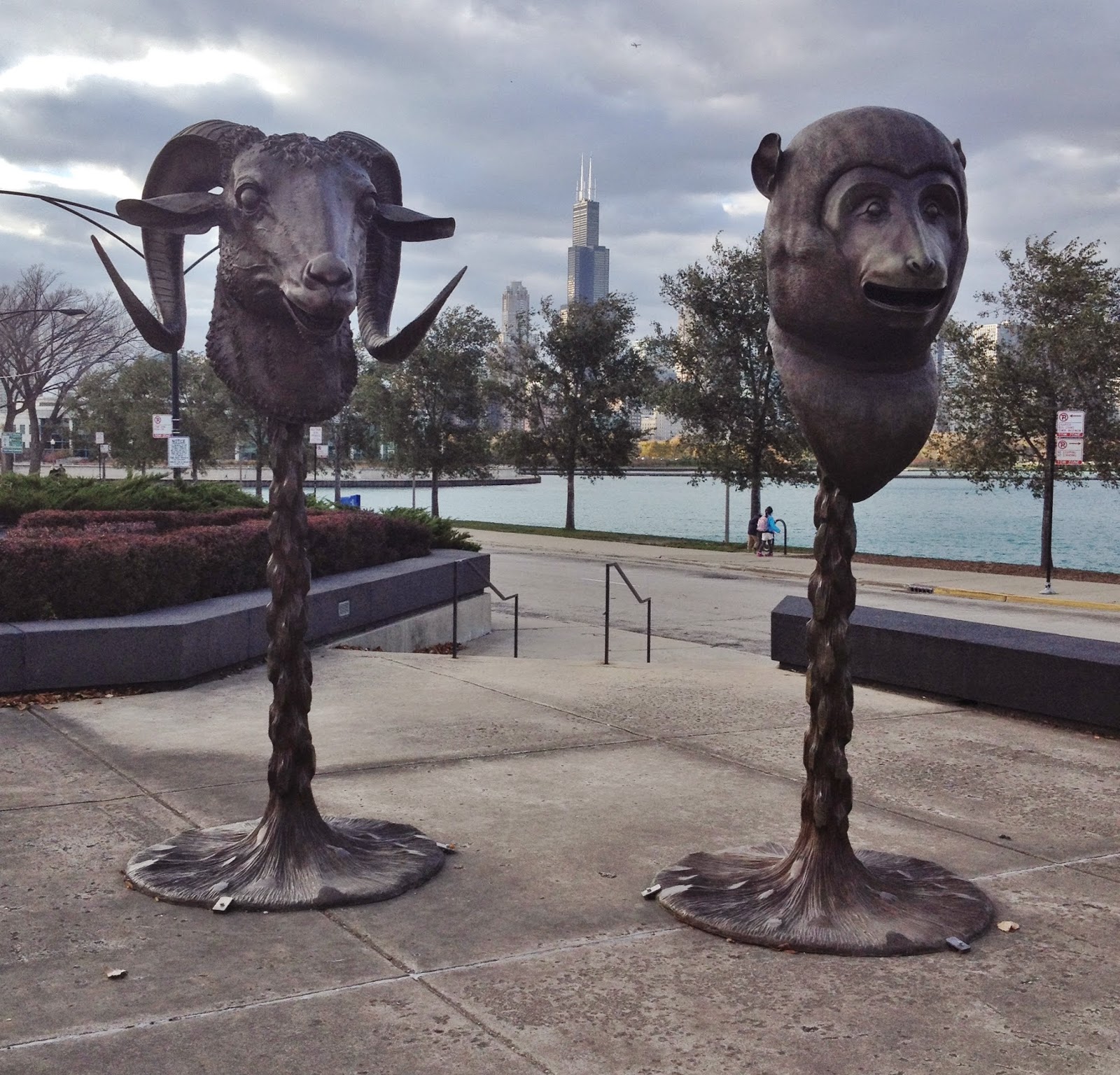 2026 Postgraduate Certificate Programmes,antiquities,antiquities looting,ARCA Art Crime Scholarship,art crime,illicit cultural property,illicit trafficking,Looting,museum security,provenance
2026 Postgraduate Certificate Programmes,antiquities,antiquities looting,ARCA Art Crime Scholarship,art crime,illicit cultural property,illicit trafficking,Looting,museum security,provenance
 No comments
No comments
Train with ARCA in the World’s Longest-Running Programme in Art Crime and Cultural Heritage Protection
From 22 May–23 June 2026, Post Lauream I: Art and Antiquities Crime offers a deep dive into the mechanisms of the illicit art market, the networks that sustain it, and the global efforts to combat it. From 26 June–26 July 2026, Post Lauream II: Provenance, Acquisition & Interpretation of Cultural Property examines how ownership histories, museum ethics, and repatriation debates shape cultural stewardship today. Both programmes are held in Italy, offering immersive, hands-on study in a setting rich with art, history, and community.
When ARCA first launched its interdisciplinary summer programme in 2009, it broke new ground—becoming the first of its kind to address the urgent need for specialised training in art-crime prevention and cultural-heritage protection. Since then, alumni from 43 countries have joined a growing network of professionals working in museums, law enforcement, academia, and the art market.
Recent high-profile museum thefts—from the Louvre to others which attacks at collections across Europe and the UK—remind us why this advanced training matters. Understanding art crime isn’t only about investigating stolen objects; it’s about tracing the systems that allow these crimes to occur and learning how to intervene ethically, legally, and effectively. ARCA’s programmes equip participants with the critical insight to navigate this world and the practical tools to make meaningful change.
Why You Should Consider Applying
- Two Distinct Programmes—One Comprehensive Field: Choose between two certificate tracks, or combine them for a full-spectrum education in art-crime investigation, provenance research, and cultural-property ethics.
- Expert-Led Instruction: Learn directly from internationally recognised specialists who actively work in the sector—from police investigators and cultural-property lawyers to museum professionals and scholars.
- Immersive, Real-World Training: Experience an intensive, interdisciplinary curriculum combining criminology, law, art history, and heritage preservation.
- Global Community: Join a dynamic network of alumni making an impact across the art world, cultural institutions, and law-enforcement agencies.
Protecting cultural heritage is not just a career path—it’s a calling. If you’re ready to deepen your expertise and help safeguard the world’s shared treasures, we invite you to apply.
To request the 2026 prospectus and application materials for Post Lauream I & II, please visit www.artcrimeresearch.org or email us at:
programmes (at) artcrimeresearch.org












